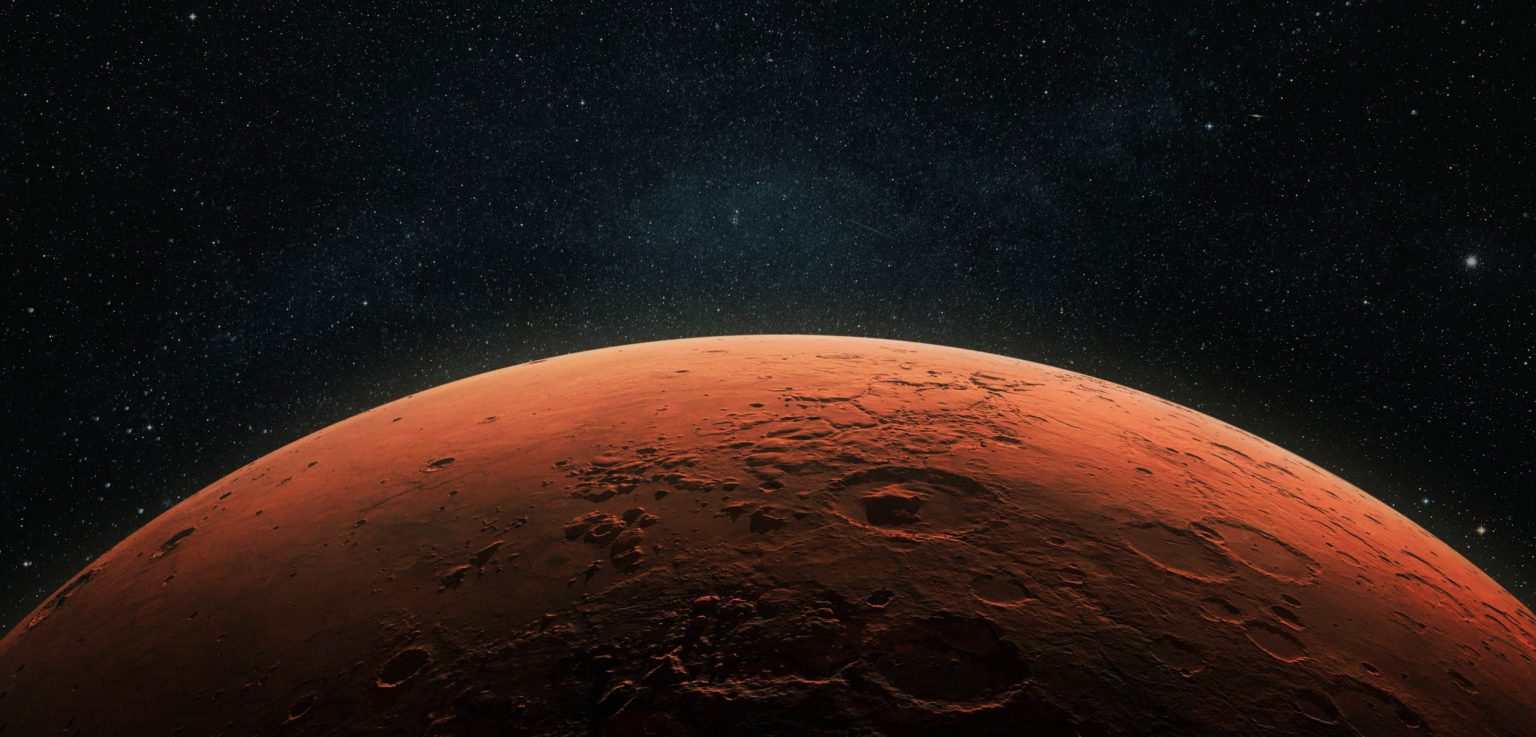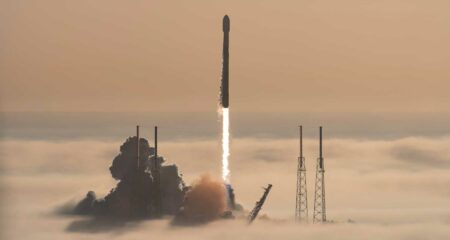Elon Musk’s dream of transporting humans to Mars will become a bigger national priority under the administration of US President-elect Donald Trump, sources said, signalling big changes for Nasa’s moon programme and a boost for Musk’s SpaceX.
Nasa’s Artemis programme, which aims to use SpaceX’s Starship rocket to put humans on the moon as a proving ground for later Mars missions, is expected to focus more on the Red Planet under Trump and target uncrewed missions there this decade, according to four people familiar with Trump’s burgeoning space policy agenda.
Targeting Mars with spacecraft built for astronauts is not only more ambitious than focusing on the moon, but is also fraught with risk and potentially more expensive.
Musk, who danced on stage at a Trump rally wearing an “Occupy Mars” T-shirt in October, spent US$119-million on Trump’s White House bid and has successfully elevated space policy at an unusual time in a presidential transition.
In September, weeks after Musk endorsed Trump, the latter told reporters that the moon was a “launching pad” for his ultimate goal to reach Mars.
“At a minimum, we’re going to get a more realistic Mars plan, you’ll see Mars being set as an objective,” said Doug Loverro, a space industry consultant who once led Nasa’s human exploration unit under Trump, who served as US president from 2017 to 2021.
SpaceX, Musk and the Trump campaign did not immediately return requests for comment. A Nasa spokeswoman said it “wouldn’t be appropriate to speculate on any changes with the new administration”.
Artemis programme
Plans could still change, the sources added, as the Trump transition team takes shape in the coming weeks.
Trump launched the Artemis programme in 2019 during his first term and it was one of the few initiatives maintained under the administration of President Joe Biden. Trump space advisers want to revamp a programme they will argue has languished in their absence, the sources said.
Musk, who also owns electric vehicle maker Tesla and brain-chip start-up Neuralink, has made slashing government regulation and trimming down bureaucracy another core basis of his Trump support.
Read: Just the ticket for a trip to Mars (paywall)
For space, the sources said, Musk’s deregulation desires are likely to trigger changes at the Federal Aviation Administration’s commercial space office, whose oversight of private rocket launches has frustrated Musk for slowing down SpaceX’s Starship development.
The FAA did not immediately respond to a request for comment.

Nasa under Trump, the sources said, is likely to favour fixed-price space contracts that shift greater responsibility onto private companies and scale back over-budget programmes that have strained the Artemis budget.
That could spell trouble for the only rocket Nasa owns, the Space Launch System SLS), whose roughly $24-billion development since 2011 has been led by Boeing and Northrop Grumman. Cancelling the programme, some say, would be difficult since it would cost thousands of jobs and leave the US even more dependent on SpaceX.
Boeing and Northrop did not immediately return a request for comment.
Musk, whose predictions have sometimes proven overly ambitious, said in September that SpaceX will land Starship on Mars in 2026 and a crewed mission will follow in four years’ time. Trump has said at campaign rallies that he has discussed these ideas with Musk.
Many industry experts see this timeline as improbable.
“Is it possible for Elon to put a Starship on the surface of Mars in a one-way mission by the end of Trump’s term? Absolutely, he certainly could do that,” said Scott Pace, the top space policy official during Trump’s first term. “Is that a manned mission on Mars? No,” Pace added. “You have to walk before you run.” — Joey Roulette, (c) 2024 Reuters
Get breaking news from TechCentral on WhatsApp. Sign up here





